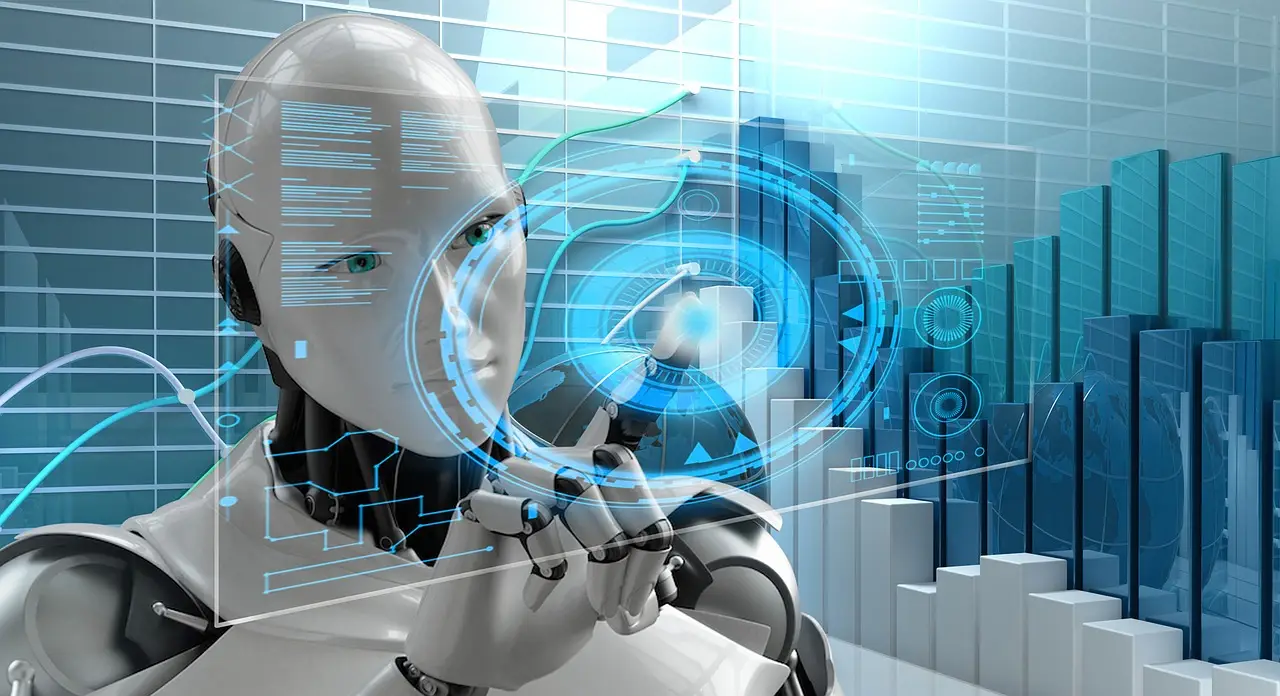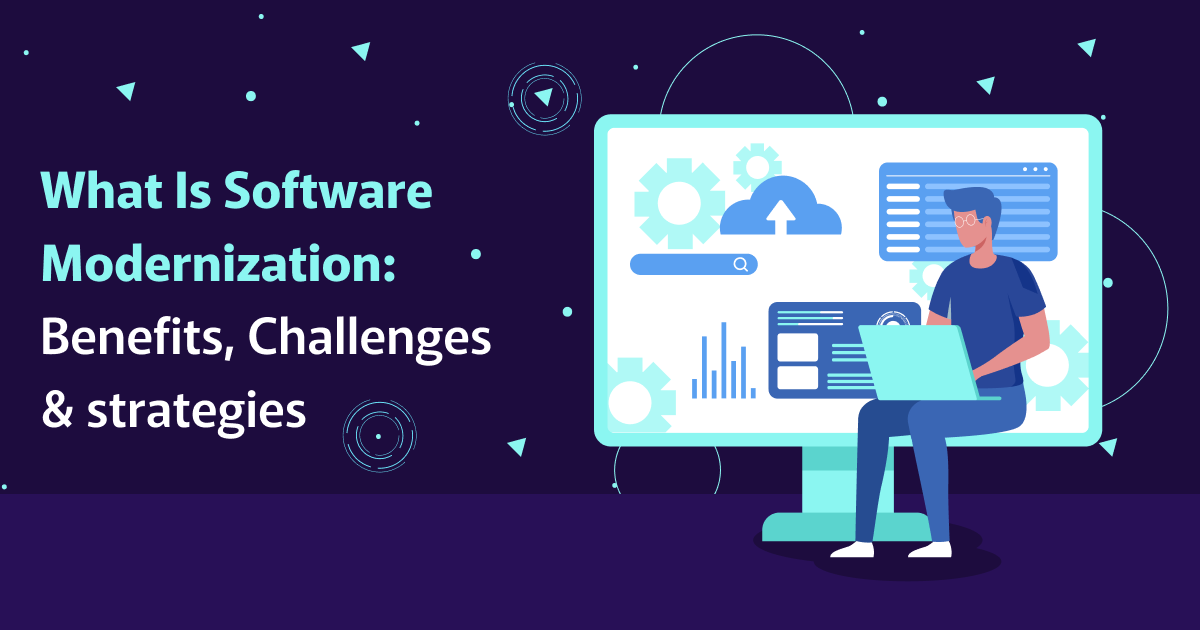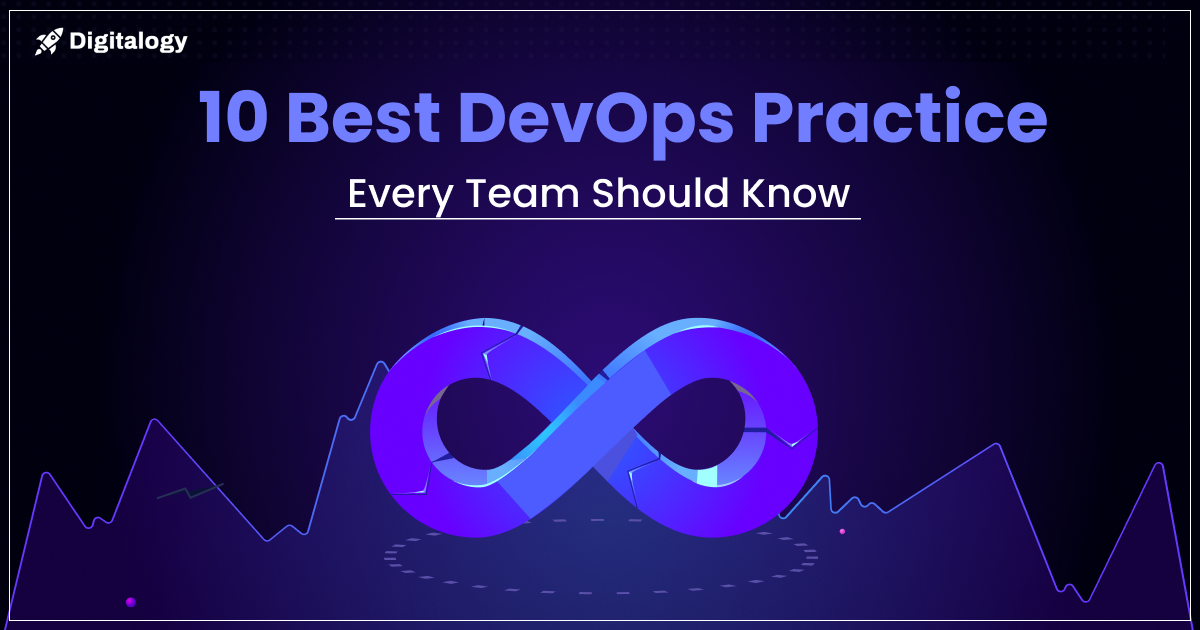AI is everywhere and it is already impacting our lives. There’s no escaping from it as AI is inevitable. Take the internet, for example, it is always suggesting you things to do, videos to watch, even places to visit next.
Unlike a couple of years ago, Artificial Intelligence in today’s world is not just a buzzword anymore and has come a long way since.
It has turned into a full-blown domain that affects every sector of the industry with practical applications that can be seen everywhere.
Artificial Intelligence technologies, can now back several of your business processes, improving and optimizing them many-fold.
With crowds of organizations actively looking into the potential of AI and investing in them, their transformation into a smarter and more optimized version of themselves is inevitable.
“The thing that’s going to make artificial intelligence so powerful is its ability to learn, and the way AI learns is to look at human culture .”
— Dan Brown
Top 10 Artificial Intelligence Technologies
With dozens of applications available out there, we will be focussing on a certain few to showcase the latest technology in Artificial Intelligence.
The Artificial Intelligence technologies list below can take your business to new heights and provide solutions to the most complex of your challenges without breaking a sweat –
1. Speech Recognition
“The computer takes in the waveform of your speech. Then it breaks that up into words, which it does by looking at the micro pauses you take in between words as you talk.”
– Meredith Broussard, Data Journalist and Professor at NYU
Speech Recognition is one of the Artificial Intelligence technologies that all of us have used in the form of smart assistants on our phones by the likes of Google Assistant, Alexa, or Siri.
These intelligent speech recognition systems work by analyzing and storing your voice as input and when triggered, match your voice with the stored one.
These systems are responsible for driving conversational systems that work on speech data, often used to carry out a broad range of tasks from simpler ones to more complex ones.
2. Emotion Recognition
Humans use a lot of non-verbal cues while interacting with someone, which includes our tone of voice, body language, facial expressions and gestures.
For machines to understand these, we needed a system that could pick up and identify them.
With the advancements in Image and Speech Recognition, a new discipline was born, called Emotion Recognition.
Emotion Recognition using AI was built to capture and, identify human emotions using facial and speech data.
It’s being used in a variety of industries ranging from law enforcement, interviews, market research, product feedback and more.
3. Biometrics (Facial Recognition)
“Biometrics is certainly the most secure form of authentication. It’s the hardest to imitate and duplicate.”
– Avivah Litan
Artificial Intelligence biometrics has seen immense growth in the industry and is empowering its offerings to further boost their accuracy.
The traditional methods that included fingerprints, voice, face, palm and iris recognition have all received their long due Artificial Intelligence integration.
This integration has drastically reduced the chances of errors in systems, making them more secure and robust.
Some newer additions to this domain are gait detection, DNA recognition, keystroke dynamics, ear acoustic authentication.
Facial biometrics recognition by Gleb Kuznetsov for Milkinside
4. Machine Learning Platforms
“A breakthrough in machine learning would be worth ten Microsofts.”
-Bill Gates
One of the major ideas behind creating Artificial Intelligence technologies is to train it to think and execute.
The Machine Learning branch of AI aims to do precisely that by giving the machines a batch of training data for analysis and drawing inferences.
The Machine Learning branch of AI aims to do precisely that by providing machines with training data for analysis and inference. AI engineers develop these platforms to enable systems to draw conclusions based on collected data, offering valuable insights.
Various businesses have adopted machine learning to ensure they have the necessary information to gain a competitive edge in their industry.
5. Language Generation
Natural Language Generation is a part of a broader process that includes NLU, NLP and NLG.
Its purpose is to transform the structured data into a more natural-looking language that doesn’t look repetitive.
The content of which, can be further used to create custom reports, applications such as chatbots, automated journalism and websites.
Some of the well-known service providers for Natural Language Generation are Visual NLG, United Robots, Arria NLG, Narrative Science and Phrasetech.
6. AI Optimized Hardware
“In the long term, artificial intelligence and automation are going to be taking over so much of what gives humans a feeling of purpose.”
– Matt Bellamy
Traditional hardware like CPUs and GPUs were not built keeping Artificial Intelligence in mind, which led to slower processing and incompatibilities.
Advancements in AI are boosting the R&D of optimized chips for processors and graphic processors.
With these newer chips, it is becoming easier to learn and implement AI on even consumer-grade hardware, making AI adoption global and open for everyone.
As the AI software increases in complexity, silicon manufacturers are tasked with developing and equipping problem solvers with better hardware.
7. Virtual Agents(Chatbots)
Virtual Agents are smart programs that are powered by Artificial Intelligence technologies.
They are created to assist your customers and visitors by answering their questions, taking orders and such.
The idea behind these virtual agents is to have an agent available for support at all times with a human touch.
These virtual agents come in the form of chatbots or smart assistants and, they’re found on your phones and websites.
Some modern examples of virtual agents are Google Assistant, Alexa, Cortana, Siri, followed by hundreds of chatbots by loads of websites.
8. Deep Learning Platforms
Deep Learning could be considered as the next step in Machine Learning with the introduction of Neural Networks for smarter and more efficient learning.
By replicating deep neural networks intricately similar to the human brain, ML algorithms can utilize these deep neural layers to train any model with optimum effectiveness.
A typical application of DL is found in training models dealing with vast amounts of data in mission-critical industries such as aerospace, medical, military, scientific research.
9. Decision Management
Photo by Roland Samuel on Unsplash
Businesses use all kinds of management systems for handling their workflow.
These systems can generate loads of data, which, when pieced together, offer valuable insights on the business, providing for better decision making.
Artificial Intelligence technologies, when paired with traditional systems, extend their output and bring automation and predictions to the table.
Having the right knowledge from a decision management system can give businesses a significant edge and help in avoiding risks.
10. Content Creation
Content plays a role so crucial in the modern world that it is impossible to overlook it.
The right content can help you target your desired audience group faster and boost your business at the same time.
Content has the potential to create an impact on the audience, keeping businesses alive.
With the introduction of AI, creating content has never been easier with AI-powered content writing platforms, keyword research tools, content intelligence platforms.
Quill, WordAI, Atomic AI, Twinword and Keyword tool are some of the modern examples of AI-backed content creation tools.
11. Robotic Process Automation
“The relationship between technology and people has to change in the future for the better, and I think RPA is one of the great tools to enable that change”.
– Leslie Willcocks, professor of technology, work, and globalization at the London School of Economics
Robotic Process Automation is a domain of AI where robots are programmed to carry out repetitive tasks, requiring zero human intervention.
Having robots manage repetitive activities proves beneficial for enterprises as it eliminates chances of human errors.

GIF By UBTech
It increases the throughput of the system while makes room for human employees to be placed at sections where human judgment is vital.
The applications for RPA can often be seen in the banking industry, customer service sector, data extraction processes, eCommerce platforms, and such.
12. Cyber Defence
“Cyber security is much more than a matter of IT.”
– Stephane Nappo
As cyber-crooks figure out new ways to cause harm to enterprises online, a more robust security solution is becoming the need of the hour.
With businesses going digital, keeping them safe online is of utmost priority. Cyber-Defence, coupled with Artificial Intelligence, creates an additional layer of security, countering most modern-day attacks.
AI can help predict, prevent, analyze and recover from cyber threats by deploying its artificial neural networks, machine learning and behavioral analytics subsets, to enhance the security measures in place.
13. Text Analytics and Natural Language Processing (NLP)
Text Analytics is a branch of Artificial Intelligence that is radically simplifying how we extract information from exceedingly large volumes of text.
Whereas NLP enables us to train various AI models using datasets containing a vast collection of words, grammar and speech from human language to create a more seamless interaction between humans and machines.
The insights generated from this data help in making important decisions. The practical application of text analytics technologies can be observed in security and fraud detection systems.
14. Digital Twin/AI Modeling
A Digital Twin is essentially a digital simulation of a real-world physical object, unlocking the door for endless experimentation and run-throughs for a variety of scenarios.
Technology and Artificial Intelligence back the digital twin by allowing it to learn, adapt and react to any defined simulation, often generating crucial insights in the process.
These can be put through supervised and unsupervised simulations alike, speeding up the data-gathering and trust-building process.
Digital twins are often found in healthcare, manufacturing, and automotive industries.
15. Marketing Automation
“Marketing Automation is powerful software and processes which make complex and repetitive tasks easy.”
— Mautic
Marketing plays a pivotal role in bringing new customers and keeping existing customers happy.
Contrary to popular belief, Artificial Intelligence technology in business can do wonders for any marketing channel by optimizing and automating several marketing activities like customer segmentation, managing promotions and engagements, nurturing and more.
AI in marketing can notify you of when to target which customer groups with the best strategies, turning in more revenue.
The goal is to let sales reps focus more on making actual sales instead of just doing mundane tasks.
16. Image Recognition
Identifying information out of a pile of data is one of the strongholds of Artificial Intelligence.
Image recognition aims to identify objects in a video or a digital image.
We have a lot of practical use cases for image recognition in the real world such as identifying people, diagnosing diseases, enforcing security in various industries, identifying emotions, research purposes and, the list goes on.
Some of the well-known service providers for image recognition are Amazon Rekognition, Google Image Recognition, Clarifai, Google Vision AI, OpenCV, to name a few.
Conclusion
As more and more businesses begin to move away from traditional tools to something more modern and backed sufficiently by Artificial Intelligence technology, the increased exposure they gain from this contributes significantly to a smarter way of working.
With a variety of factors explained above, mentioning how technology and Artificial Intelligence can make the most out of your day-to-day activities, you can get a glance as to how you can achieve your best by adopting them into your business.







